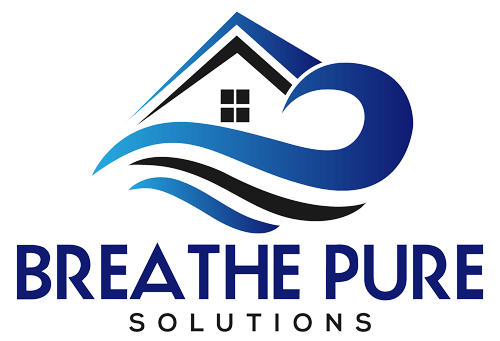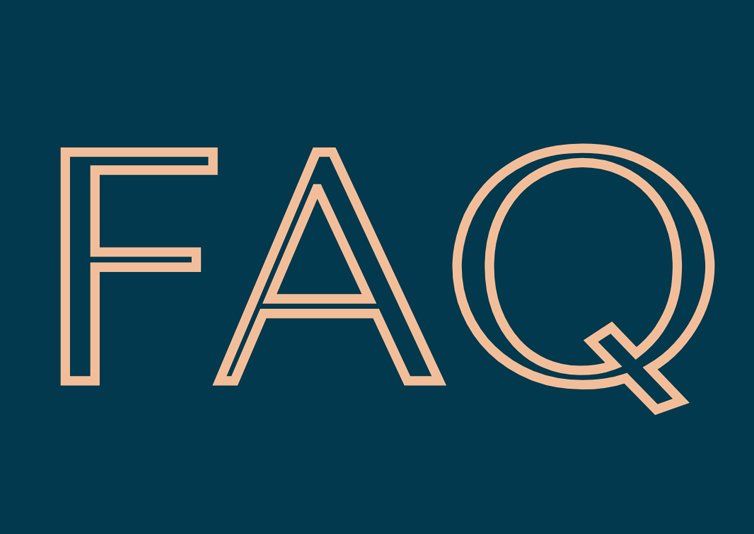Mold information on the internet can be complicated, and quite frankly, really misleading. Here are the most common questions we often answer from customers.
- Question: Does mold grow in dry climates? Answer: Yes, of course, mold grows in dry climates. Mold needs 50 to 60 percent humidity and a food source. The humidity or moisture can be from moisture as common as condensation, and the food source can be as simple as dust on a surface. I once had a customer tell me that their property owner told them that mold can't grow above about 4000 feet in altitude. LOL. We have yet to find a mold-free elevation in the contiguous USA.
- Question: How dangerous is indoor mold? Answer: Impossible to answer other than saying it could be really dangerous. Every person is different, and every mold is different. Some people react to penicillium, and others react to Chaetomium. Some are bothered by Stachybotrys, and others are not. Couple this with the fact that the toxins that are produced by mold are often influenced by the food source that the mold is feeding on. Between an individual's DNA or health profile and hundreds of combinations of mold, toxins, and mvoc’s (microbial volatile organic compounds) emitted, it is impossible to determine if the mold in your home is dangerous to one person yet safe for another. The best rule of thumb is to avoid mold whenever possible, and proactively act to prevent and eliminate mold in your home, car, and workplace.


